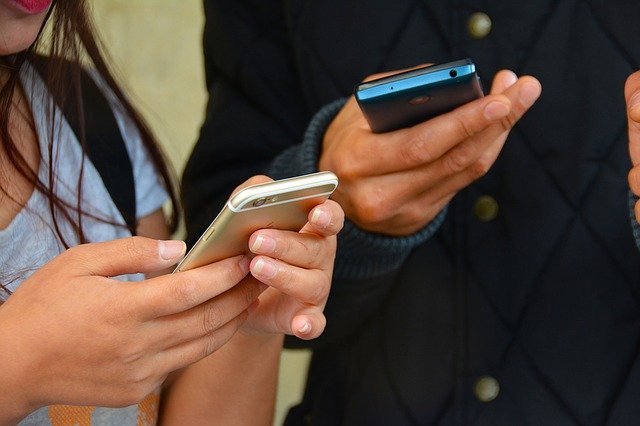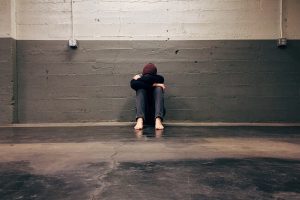In addition to testing and social distancing, contact tracing proves a vital exercise in the effort to stem the spread of the coronavirus. While tracing relies on patients volunteering information about their whereabouts, one workaround offers Chicago officials a chance to use big data in the fight against covid-19. By using phone data to track users movements, the city of Chicago verifies whether residents on the whole adhere to social distancing orders.
The program uses anonymized data extracted from apps that collect location data. Since users opt into location tracking when they download, legal contest hits a wall.
However, to ease concerns, Chicago Department of Public Health Commissioner Dr. Allison Arwady reassured the public of the program’s boundaries. “In no way is there any individual data or personal data collected,” she said. She explained they don’t even receive additional data.
The narrowed scope seeks to provide an answer to a single question. “We wanted a way to really quantify how much is Chicago staying home?” Arwady said.
How Phone Data Helps Fight Covid
The process involves pings, or location information drawn from a cell phone at a specific moment. The city focuses on nighttime hours, aggregating phone data from between midnight and 9 in the morning. Then, wherever the pings show the phone staying the longest is determined home. Anywhere else demonstrates trips people take away from home.
Comparing data from the weeks before quarantine to those following its start date showed a 30 percent increase in at home time.
Following the analysis of the phone data, Arwady congratulated Chicagoans on adhering to social distancing measures. “I really want to thank Chicago because this kind of real change in your life is why we are seeing some of that curve flattening,” she said.
However, despite the efficacy of staying at home, the city has yet to see its peak. Arwady suggested the city requires more quarantine time, but the better people social distance, the more manageable the peak will be once it arrives.




